「お盆」といえば長期休暇や帰省などが思い浮かびますよね。欧米では「国民が一斉に休暇を取る時期」といえばクリスマスやイースターがメイン(中には夏に一斉に休む国などもあります)。その人達からすると、この「お盆」という概念は興味深いものです。
この記事は英語で「お盆」を説明する例文をまとめました。いざ説明しようと思っても知らないことが多い「起源」や「なぜ」という部分もカバーしたので、ぜひ参考にしてみてください。

【この記事を書いているのは…】
由美ギルバート
日英ハーフながら英語が話せず、コンプレックスを抱え10代を過ごす。
ニュージーランド留学を経験し、その後外資企業に勤めTOEIC985点取得。
長野県白馬村でインバウンド系旅行会社に勤め、オーストラリア人の誘致に携わったのち、イギリスに渡り現地旅行会社で勤務。
現在はWebライターとして、英語に対する無類のパッションを共有すべく執筆活動しているアラフォー。
「お盆」を英語で説明
ではまず、「お盆」とは何かという説明から始めましょう。
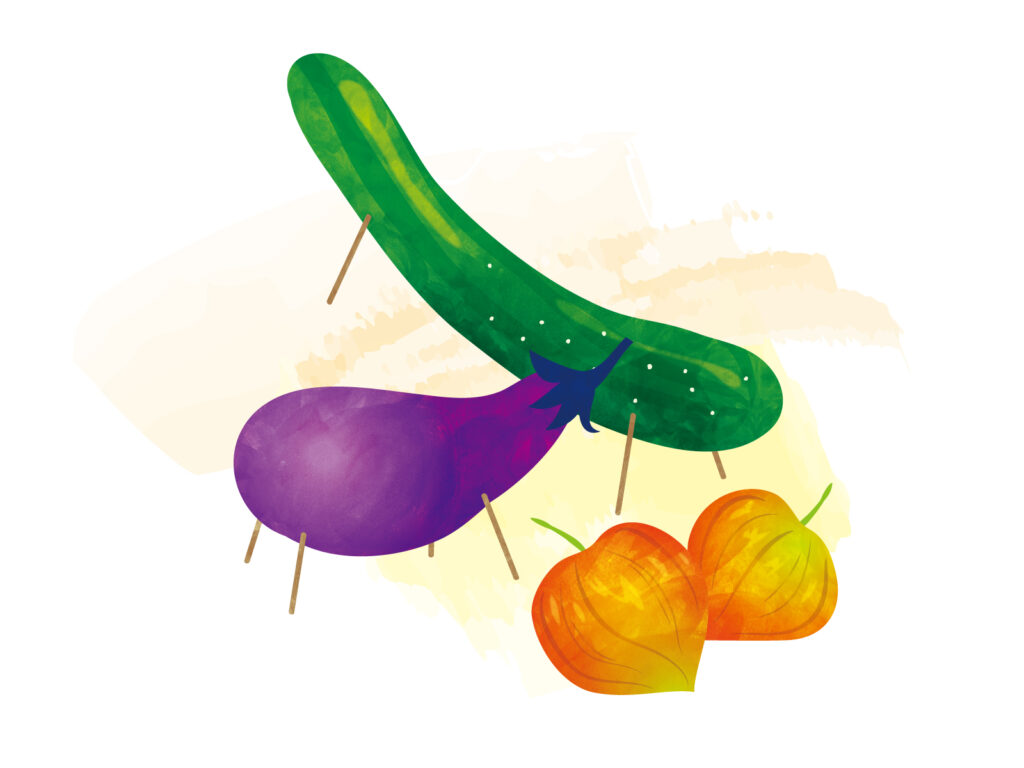
「お盆」の概念
In Japan, Obon (お盆) refers to an annual holiday when the spirits of families and ancestors travel back to this world.
日本の「お盆」は年中行事で、家族や先祖の魂が「この世」に戻ってくる時期のことを言います。
- refers to 〜:〜のことを示す、〜のことを言う
- ancestor: 先祖
The Buddhist event generally takes place from August 13th through 16th, and during this period many people pay a visit to their family graves to honor the spirits of their ancestors and loved ones.
この仏教の行事は一般的に8月13日から16日までに行われ、この期間沢山の人が家族のお墓を訪れ、先祖や愛する人の魂に敬意を示します。
- take place:行われる、開催される
- pay a visit:訪問する、視察する
Pay a visit と Visit の違いは?
大きな違いはありませんが、Pay a visit は「普段しない」訪問、もしくは相手に招待されていない訪問、一方 visit は相手に招待されている、もしくは普段と変わらない訪問といったような微妙なニュアンスの違いがあります。
「お盆」は何をするか
Although it is a nationwide event, manners and rules may slightly differ depending on each region.
全国で行われる行事ですが、作法やルールやは地域によって若干の違いがあります。
- nationwide:全国の、全国的な
- slightly:少し、若干
In general, families will come together, visit the graves of their ancestors and make food offerings at altars and temples.
基本的には家族が集まり、先祖の墓参りをして祭壇やお寺にお供え物をします。
- come together: 集合、集まる
- altar*:祭壇
*alterとスペルミスをしがちな単語です。alterは「変更する」という意味の違う単語ですので、注意しましょう
You will also see many fires at the entrances of houses to guide the ancestral spirits home.
また、多くの家の玄関に、先祖の魂を導くための灯火が見られます。
「お盆」の起源を英語で説明
「お盆」はもともと何処から伝わってきた習わしなのか、ご存じでしょうか?以下の英語での説明をご覧ください。
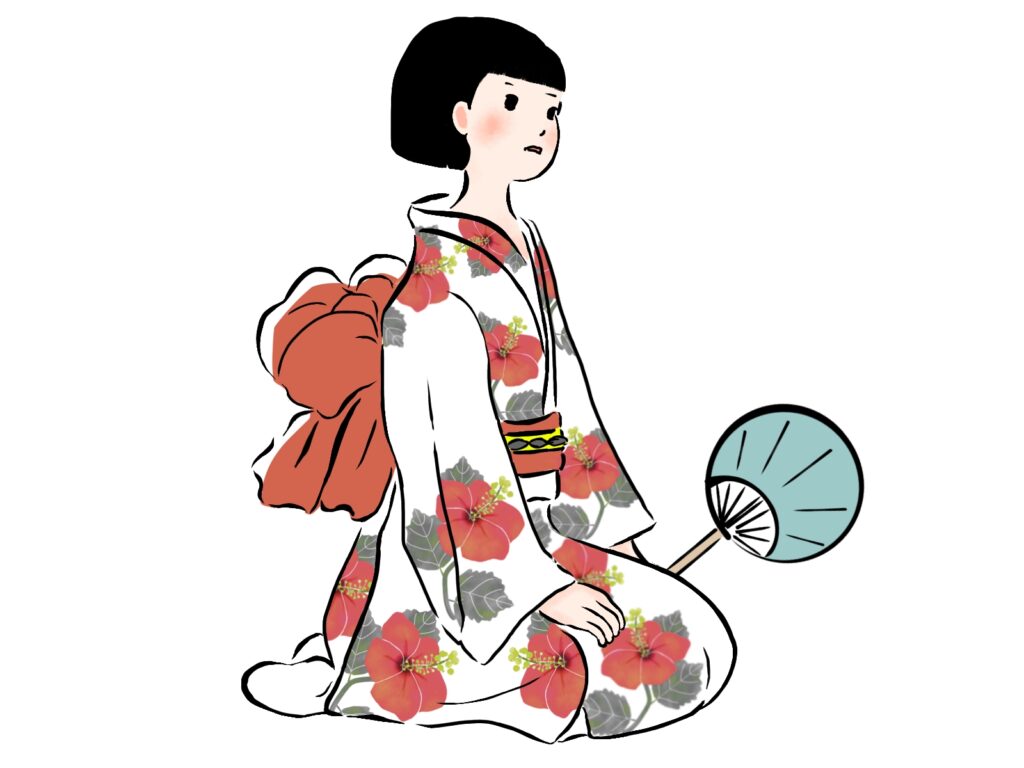
「お盆」は何処からきたのか
It is believed that the custom of Obon originally came from a traditional Buddhist event in India.
お盆の慣習は、インドの伝統的な仏教の行事が起源だと信じられています。
The word “Obon” is a shortened form of Ura-bone (also known as Ullambana in Sanskrit), which refers to an annual Buddhist festival aiming to console the spirits of their ancestors and relieve them from suffering.
「お盆」という言葉は、「盂蘭盆(ウラボン)」(サンスクリット語では「ウランバナ」として知られる)の略で、これは先祖の魂を慰め、苦しみから解放する事が目的である仏教の年中行事を指します。
- shortened form:短縮系
- console:慰める
Similar festivals are held in some Asian countries such as China in mid-June.
同じような行事は中国での6月中旬のものなど、いくつかのアジア諸国でも行われています。
日本の「お盆」歴史
The history of Obon culture in Japan started around the early 7th Century as a part of a formal ceremony held by the emperor Suiko at the imperial court.
日本での「お盆」の歴史は、7世紀の初め頃に推古天皇の宮廷における正式な祭典の一部として始まりました。
- emperor: 皇帝、天皇
- imperial court:宮廷
During the Edo period (1603 – 1868), it became popular among ordinary citizens as a special holiday to honor the spirits of their ancestors by lighting candles or praying in front of their Buddhist altar at home.
江戸時代(1603年〜1868年)の間、先祖の魂に敬意を示す特別な休暇として庶民の間でも知られるようになり、蝋燭を灯したり、家の祭壇の前で祈りました。
- ordinary citizen : 一般市民、庶民
「迎え火」「送り火」を英語で
「お盆」といえば休暇だけではなく、象徴的な「物」もありますよね。それぞれが何を意味するのか、英語で説明できればその知識が役に立つ日が来るはずです。

「迎え火」とは
Mukaebi can be translated as “welcoming fire”.
「迎え火」はwelcoming fireと訳すことができます。
Mukaebi is a sacred fire that is often burned on August 13th in front of each household to guide the spirits of their ancestors back home.
「迎え火」は神聖な火で、たいてい8月13日に、それぞれの家庭の前に先祖の魂を導くために灯されます。
「送り火」とは
Okuribi can be translated as “seeing off fire”.
「送り火」はseeing off fireと訳す事ができます。
Okuribi is lit on the last day of Obon, which is generally August 16th to send the ancestors back to their world.
「送り火」は一般的にお盆の最終日である8月16日に、先祖を「あの世」に送り返すために灯されます。
「精霊馬」を英語で
きゅうりやナスに割り箸が刺さった「精霊馬」は「お盆」の風物詩ですよね。以下のような英語での説明ができます。
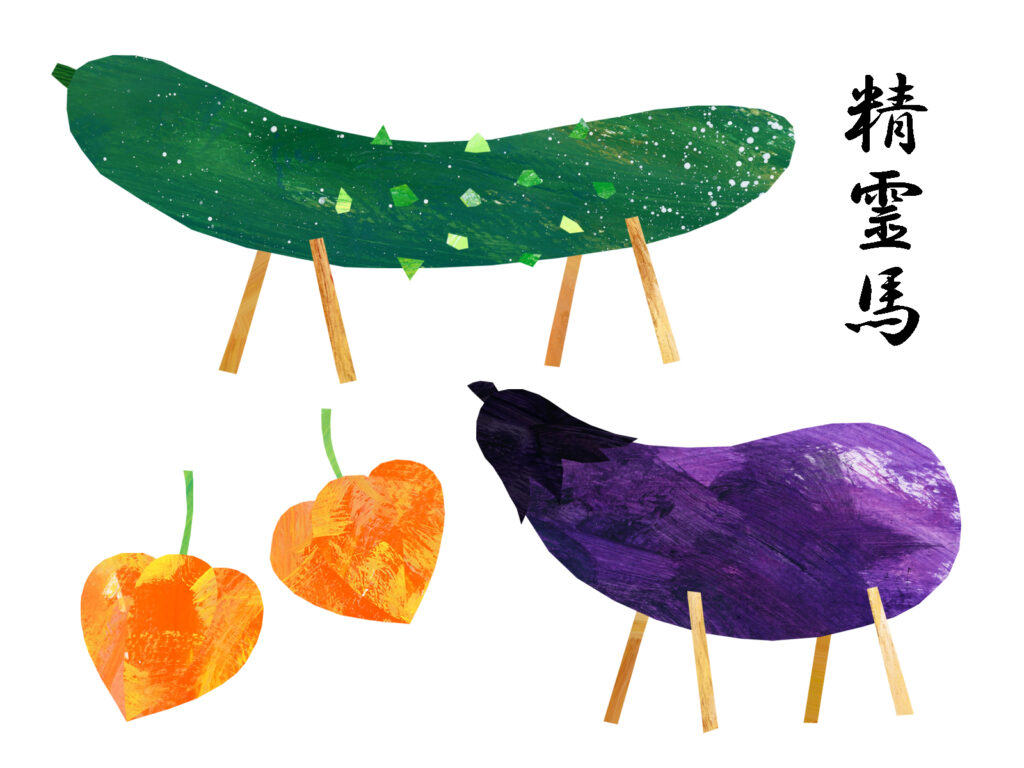
「精霊馬」とは
Shouryouma are spirit horses and cows made of cucumber and eggplant (英:aubergine) with chopsticks.
「精霊馬」は、馬や牛の精霊としてきゅうりやナスにとお箸で作られます。
Usually, disposable chopsticks are chopped into four smaller pieces to represent the legs of a horse or a cow, by piercing those pieces into cucumber and eggplant.
大抵は使い捨てのお箸が4つの小さい部分に切られ、この部分をきゅうりやナスに刺すことで馬や牛の脚を表します。
- 日本ではナスを eggplant と訳すのが主流ですが、これはアメリカ英語です。イギリス英語では aubergine という全く違う単語が使われているので、相手に合わせて変える意識が必要な言葉です。
「精霊馬」の意味
The cucumber represents a horse that takes the ancestors back home quickly, whereas the eggplant cow slowly takes them back to the afterworld.
きゅうりは先祖を早く「この世」の家まで届ける様、一方ナスは牛のようにゆっくりと「あの世」に返す様を表しています。
「灯篭流し」を英語で
灯籠が一斉に流れる様子が美しい「灯籠流し」の背景を、英語で説明する方法を見てみましょう。
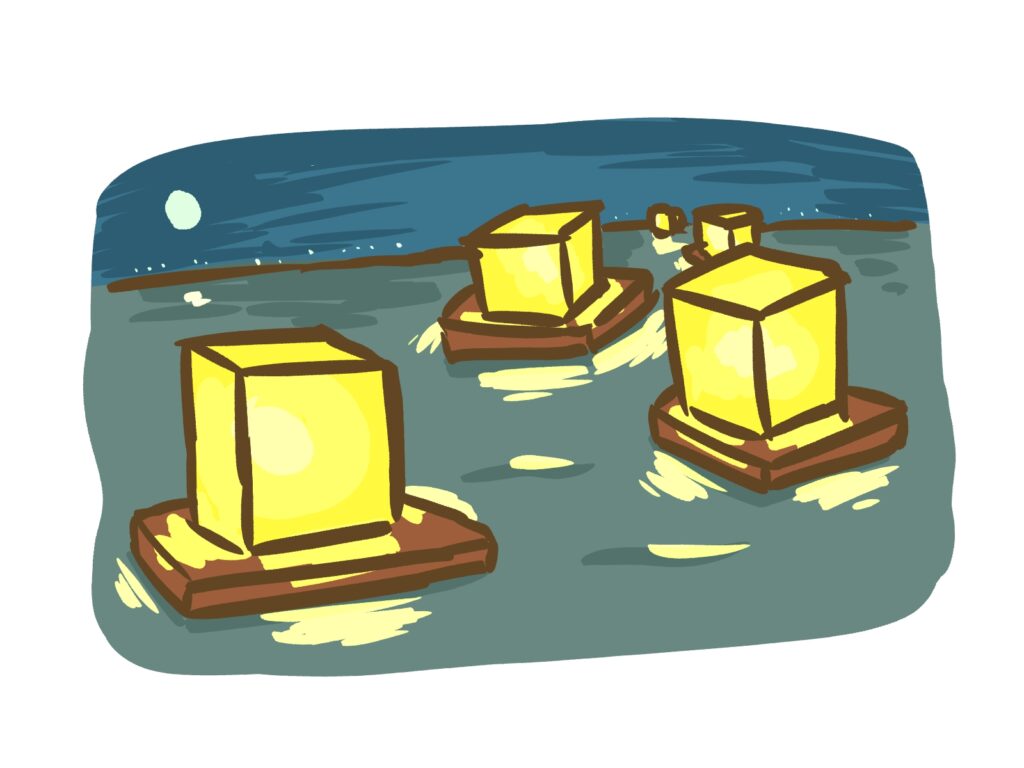
「灯籠流し」とは
Recently, the ceremony of floating lanterns (toro nagashi) has gained popularity.
最近では、この灯籠を浮かべる「灯籠流し」は人気を集めています。
The beautiful lanterns are set afloat down a river to symbolically send off the ancestors’ spirits.
美しい灯籠が川に浮かべられ、先祖の魂を送り出す象徴とされています。
「灯籠流し」の背景
Generally “toro-nagashi” is a custom for limited areas in Japan where there are rivers nearby.
基本的には川が近くにある日本でも限られた地域の風習です。
It is said that it started as a way to console the spirits of people who lost their lives by water-related disasters like floods.
洪水のように水が関連した災害で命を落とした人々の、魂を癒す方法として始まったと言われています。
「盆踊り」を英語で説明
「お盆」の象徴でもあり、日本特有の文化が感じられる「盆踊り」を英語でどうやって説明できるか、みてみましょう。
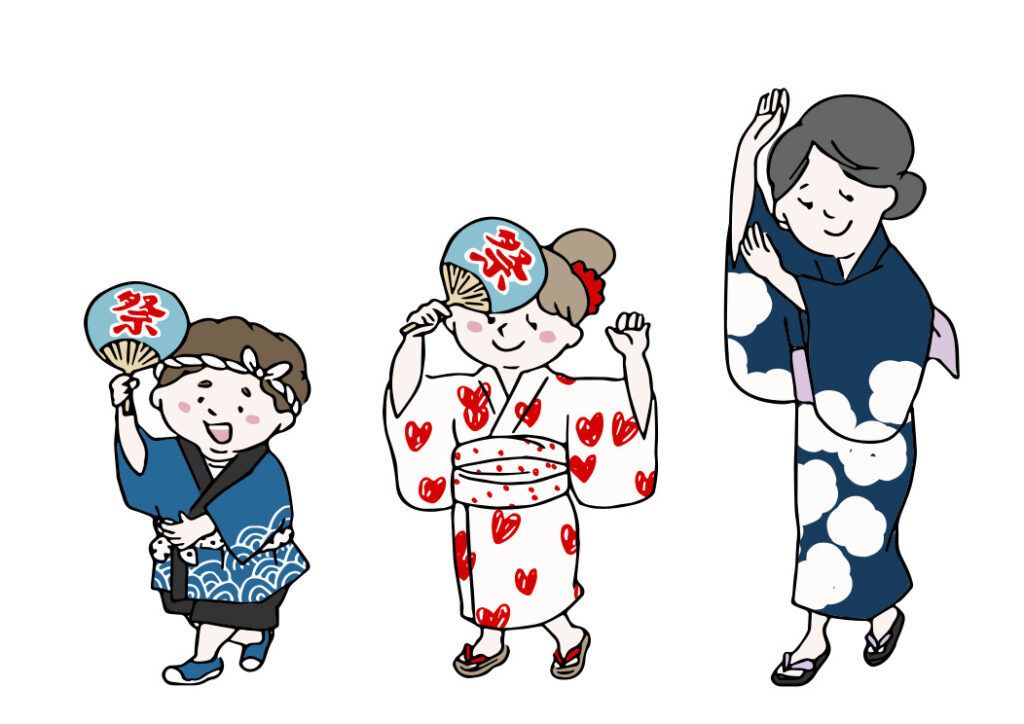
「盆踊り」とは
Bon Odori is a traditional Japanese dance that is generally performed at events or festivals during Obon holidays.
「盆踊り」は、基本的にはお盆休み期間中のイベントやお祭りで披露される、日本の伝統的な踊りです。
Participants wear yukata, a casual traditional Kimono-style garment, and dance to traditional music while circling around a stage called Yagura to honor (英:honour) the spirits of ancestors.
参加者は、浴衣(伝統的な着物のような形のカジュアルな衣類)を着て、先祖の魂に敬意を払うため、日本の伝統的な音楽に合わせてやぐらの周りを円になって踊ります。
「盆踊り」の背景
It is said to have a history of about 600 years dating back to the Muromachi period (1336 -1573).
600年ほど前の室町時代(1336年〜1573年)までさかのぼる歴史がある言われています。
- dating back: 〜までさかのぼる
There are numerous Bon Odori festivals that can be seen around Japan and the music and the style of dance performance may differ depending on the region.
日本各地で数多くの「盆踊り」のお祭りが見られ、地域によっては音楽や踊り方が違う場合があります。
- numerous: 多い、数多くの
まとめ
今回は「お盆」の、英語での説明をまとめました。最近では目にすることが減った「迎え火・送り火」の習慣など、「お盆」の伝統は日本人にとっても興味を引く内容ではないでしょうか。この記事が少しでも日本文化紹介のお手伝いになれば幸いです。

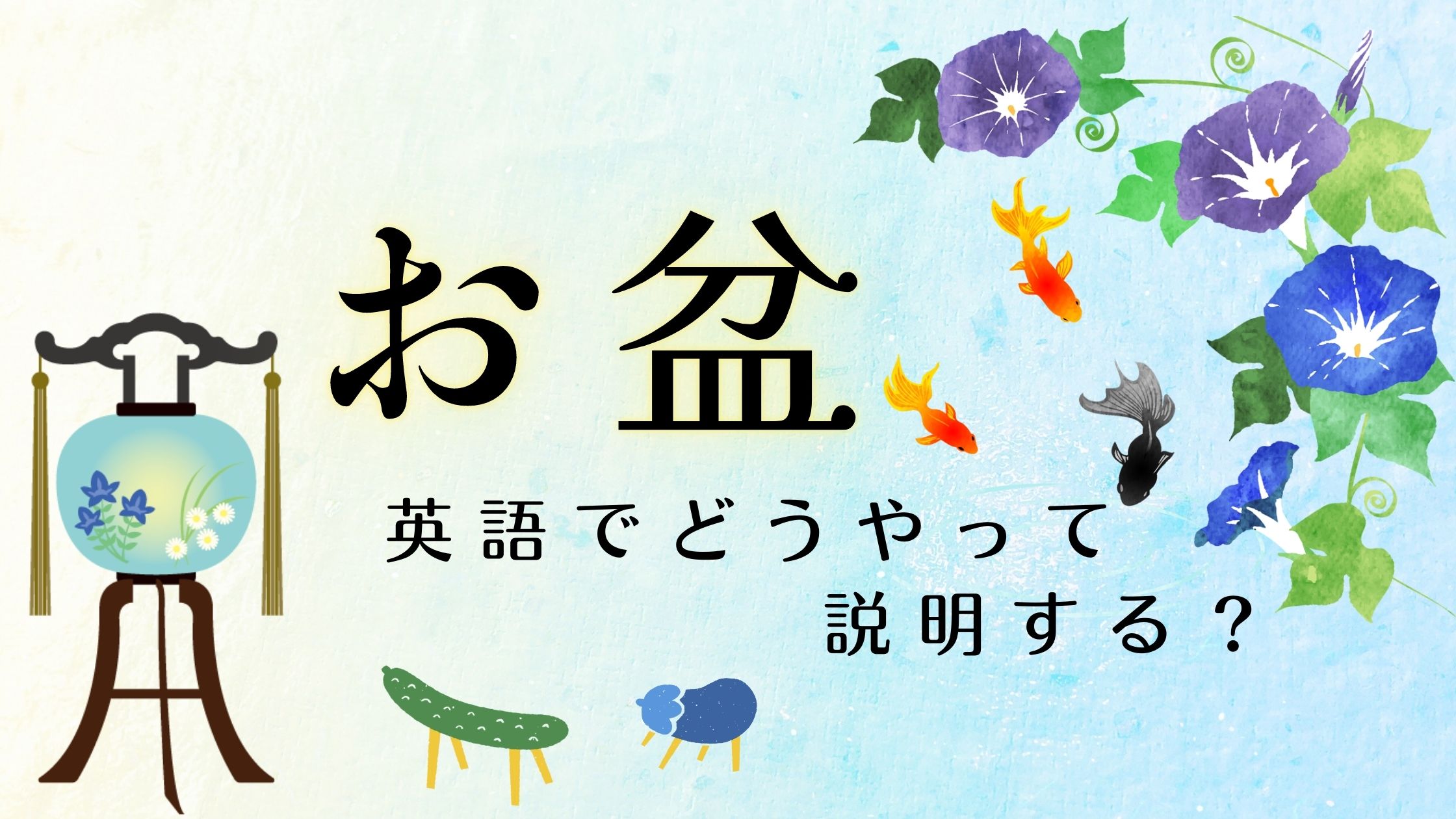





コメント